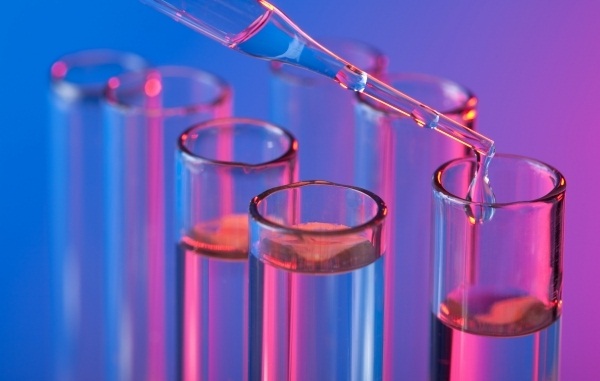The progress and advancements in laboratory science help humanity to understand the nature of life. Fundamental discoveries and development of techniques and tools such as automation, splice genes, enzymes and effective ways of sequencing are such incredible advancements in laboratory technology. Equally important improvements are developments that have led to the introduction of high throughput microarrays and sequencing that have helped to speed up laboratory activities. In this article, you will learn about some of the key laboratory advancements and their significance to life scientists and humanity at large.

Automation and Robotics
First, the innovation of automation and robotics are incredible developments in laboratory science. Automation of regular laboratory procedures, using dedicated workstations and computer-aided instruments has existed for a few decades, but their contribution to laboratory science has been incredible.
Today, most laboratories have deployed fully functioning robotics to replace operations once done using human intervention. The use of robots has transformed the routine work of many laboratory technicians. Thanks to the innovation, creativity and efforts of researchers and laboratory technicians in the field of laboratory science. Today, routine laboratory operations can be done with less hands-on intervention, something that could not be done in the past. The result of this innovation has been that laboratory technicians now have more time for research and experimentation of their innovation. This has helped life scientists to develop alternative techniques and approaches to their career.
At corporate or industrial level, and especially for companies that are involved in discovering drugs and clinical automation, diagnostics and robotics have been able to register optimal productivity and reduced costs. On the other hand, business executives have been able to record efficiency in all their departments, especially in research and development laboratory.
Use of Laboratory Management Systems
Today, most laboratories are using high-end throughput systems. The deployment of throughput systems has meant effective analysis of a large amount of data generated during the research process and effective analysis of the materials collected. In such a circumstance, both line managers and laboratory technicians involved in sample preparation have an easy time planning and executing their tests. The results have been consistent results that comply with the modern industry standards. This has also meant that sampling of testing of samples has been effective to the extent that results can be tracked. Proper and effective tracking of sample results can be enhanced using laboratory information management systems. For example, a typical automated lab system can log in test samples, create batches, group samples and can support other common attributes necessary for effective laboratory procedures.
Lab management systems have been effective in generating schedules for sample testing, tracking of samples during clinical tests. Today, clinicians can track their diagnosis as they can log on data from instruments used in testing, hence increasing the productivity while eliminating error. The good news is that these systems can be used for filling in plates and can be used to support readers, dispensers, washers and incubators.
Prepackaged Reagents
Research and development in laboratory science such as coating, photographic, plastic and materials technologies have led to the development of prepackaged reagents. These reagents come as films, strips, packets or tablets. The use of prepackaged reagents that are available in dry form, with reconstitution using a liquid sample, presents numerous advantages. This means that clinical sample testing does not require technicians to reconstitute reagents into a liquid form.
Chemometrics
This is the application of statistical and mathematical techniques to chemical measurements. The core to the development of chemometrics has been computer technology. Numerous advances in computer technology and software programs have been instrumental in developing methods necessary in managing data sets and offering real time results from the analysis processes. Clinicians can now more than ever before acquire, process and store data using complex algorithms. Some of the mathematical methods that have been integrated into laboratory science included imaging, pattern recognition, parameter estimation, artificial intelligence, optimization and control.
Author Bio: William Stevens is a writer who creates informative articles in relation to technology. In this article, he describes new technologies in the field of laboratory science and aims to encourage continued study, click here for more information.

